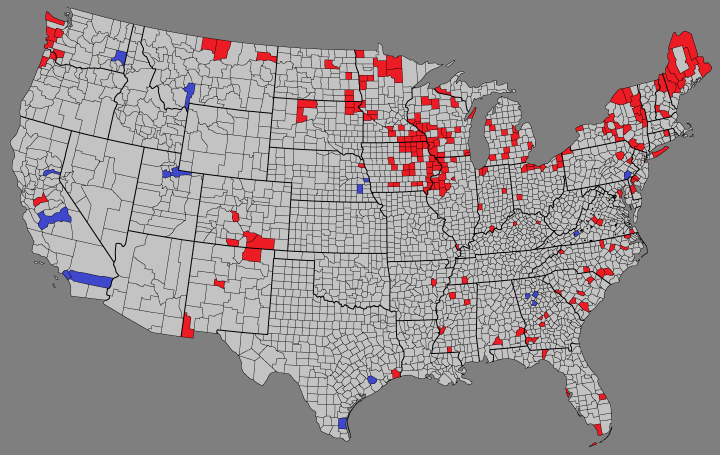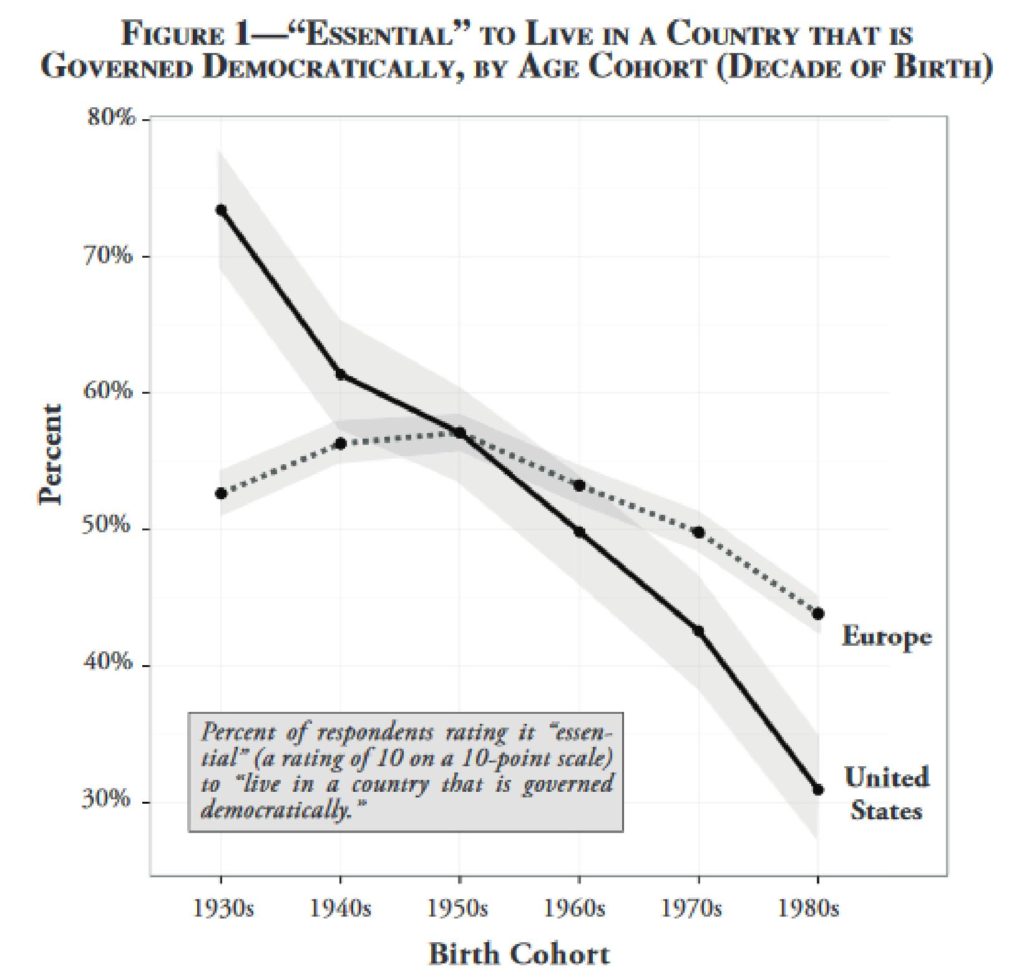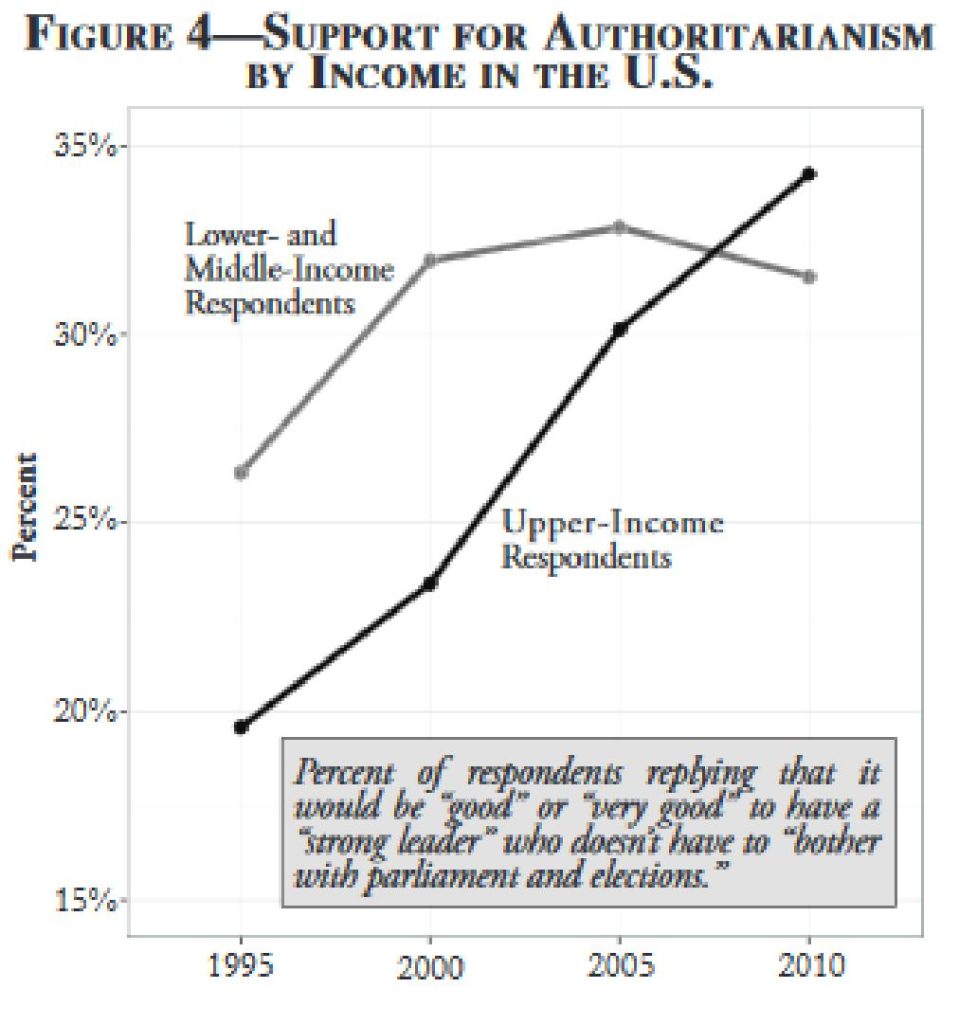“The American Dream: You have to be asleep to believe it.” – George Carlin
According to the College and University Food Bank Alliance, there are now 400 food banks in colleges and universities in the US. Four years ago, when the organization began, it only had 15 members.
Many students experience hunger. While the economy has rebounded, the cost of college continues to rise faster than median family income. The average total costs rose 10% over the past five years at public colleges and by 12% at private institutions, while median family income rose 7% over the same time period.
A new report shows that the college campus hunger problem is bigger than we thought. It surveyed more than 3,000 students at a mix of 34 community and four-year colleges, finding that 48% experienced food insecurity in the past 30 days. The data suggest that hunger is more common among college students than the US population as a whole. The study found that:
56% of food insecure students were currently employed, more than half received a federal grant, and 18% had received a private scholarship. These are kids who are doing the right thing, but they continue to fall behind.
One reason that colleges and universities have felt the need to take student hunger upon themselves is that the US Congress has been feckless in providing solutions to college student hunger.
Legislation on Pell Grants are the responsibility of the Education and Workforce Committee, but when it comes to the Supplemental Nutrition Assistance Program (SNAP), those bills go through the Committee on Agriculture. That makes it more difficult to get a comprehensive policy enacted.
One example: Representative Bobby Scott, (D-VA), added an amendment to the Child Nutrition Act that would have expanded the National School Lunch Program to help college students. Students who qualified for financial aid would also qualify for subsidized lunches, according to the legislation. But when the amendment was considered by the House Education and Workforce Committee, it failed to pass.
This is part of a wider problem of food insecurity. The economy may be improving, but many Americans who were hit the hardest have yet to see any improvement. In fact, in 2015, 42.2 million Americans lived in food insecure households, including 29.1 million adults and 13.1 million children. Households with children reported food insecurity at a significantly higher rate than those without children, 17% compared to 11%.
It is doubtful that this problem will be solved by the new Congress and the Trump administration.
The idea that people should work hard, pull themselves up by the bootstraps while going into debt to attend college, and then not be able to eat, despite holding down a job while they study, shouldn’t be acceptable just because our Tea Party overlords would like to watch a Darwinian test.
Virtually everything said about poverty in America is essentially about moral failure. For liberals, it’s society’s failure. For conservatives it is the moral failure of the poor. Centrists say it is the failure of institutions and individuals together in a complex combination.
Poverty violates core American values. It challenges the American dream of a promise of prosperity for anyone who works hard, something that is a central tenet of our national ethic. Here we have kids working hard and needing support to eat.
Time to wake up Congress! This is the kind of problem that shouldn’t have any opposition, but it does. To help our well-fed Congress critters wake up, here is “American Tune”, by Paul Simon from his 1973 album “There Goes Rhymin’ Simon”. In this video Paul rocks a Freddy Mercury-esque mustache as was the style in the early 1970s:
For those who read the Wrongologist in email, you can view the video here.
Simon sings about the American Dream, from the Mayflower to “the ship that sailed the moon” (the Apollo moon landing) and says “you can’t be forever blessed”. His point was that America had reached the height of human achievement, but then, we squandered our gifts.
How prescient for 1973!
Sample Lyrics:
Many’s the time I’ve been mistaken, and many times confused
And I’ve often felt forsaken, and certainly misused.
But it’s all right, it’s all right, I’m just weary to my bones
Still, you don’t expect to be bright and Bon Vivant
So far away from home, so far away from home.
I don’t know a soul who’s not been battered
Don’t have a friend who feels at ease
Don’t know a dream that’s not been shattered
Or driven to its knees.
But it’s all right, all right, We’ve lived so well so long
Still, when I think of the road we’re traveling on,
I wonder what went wrong, I can’t help it
I wonder what went wrong.
We come on a ship we call the Mayflower,
We come on a ship that sailed the moon
We come at the age’s most uncertain hour
And sing the American tune
But it’s all right, it’s all right
You can’t be forever blessed
Still, tomorrow’s gonna be another working day
And I’m trying to get some rest,
That’s all, I’m trying to get some rest.



